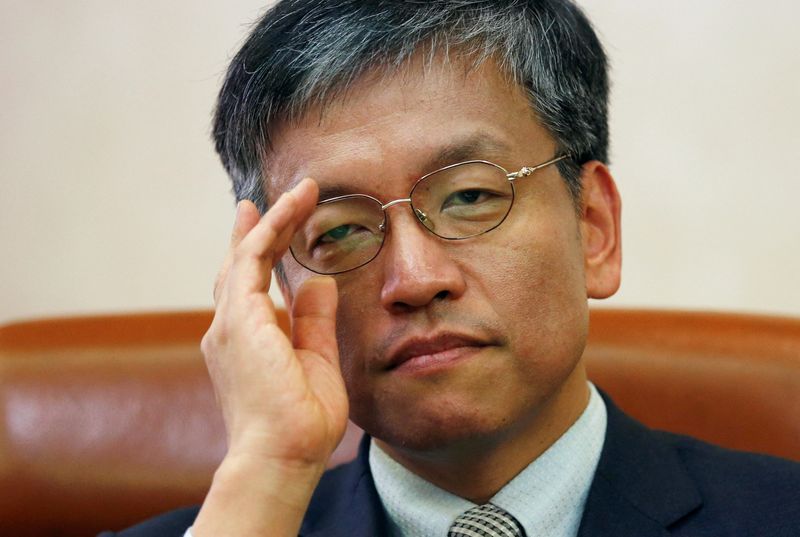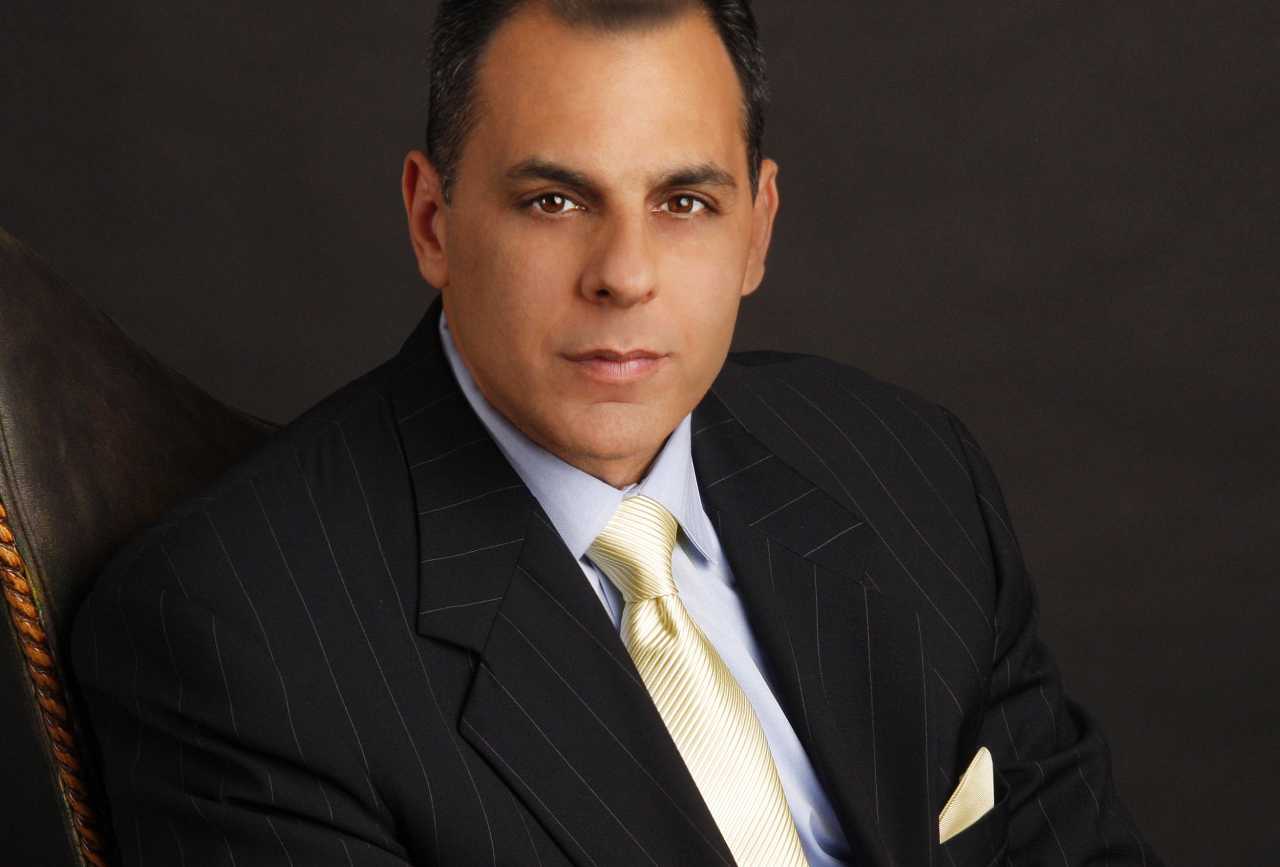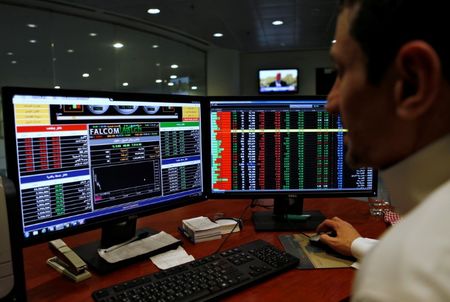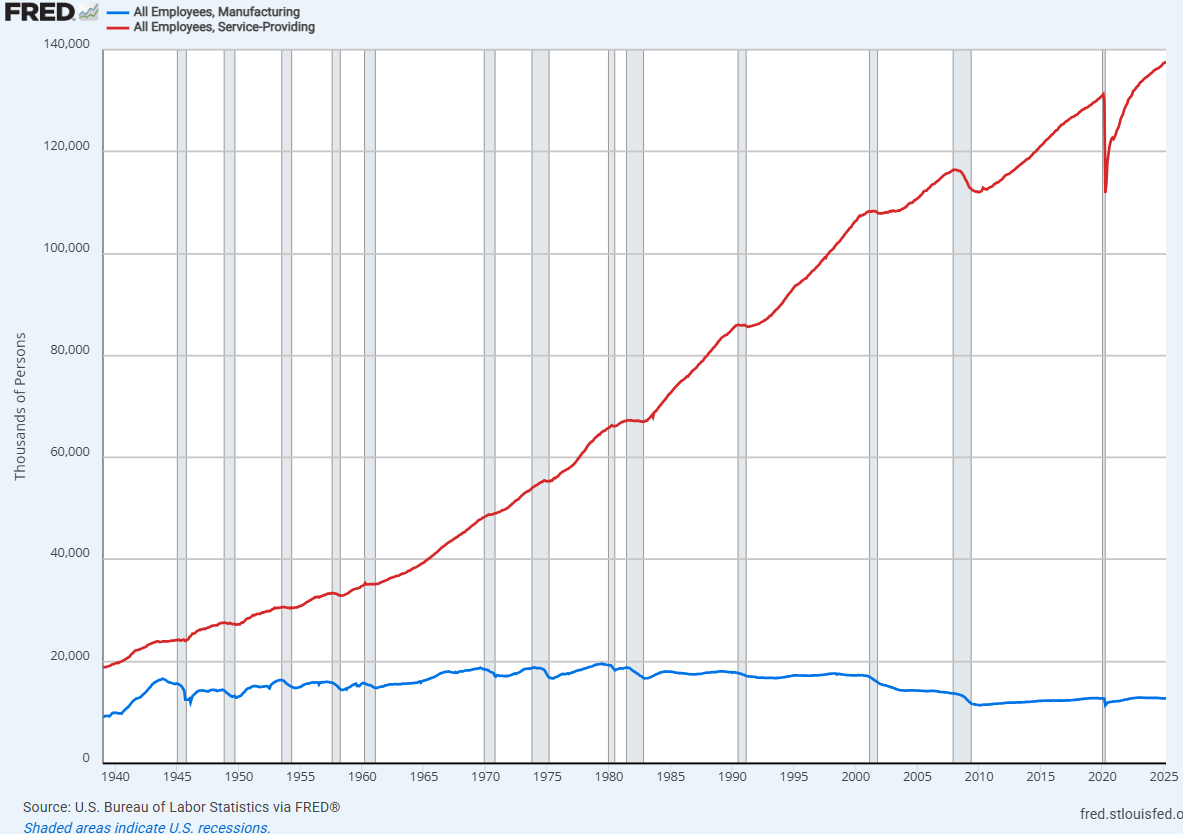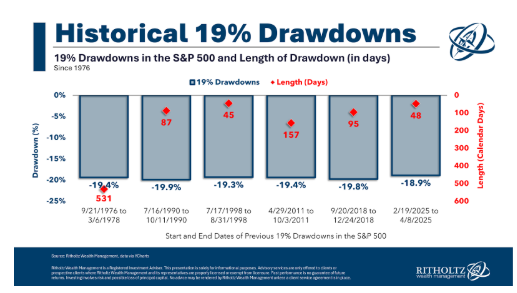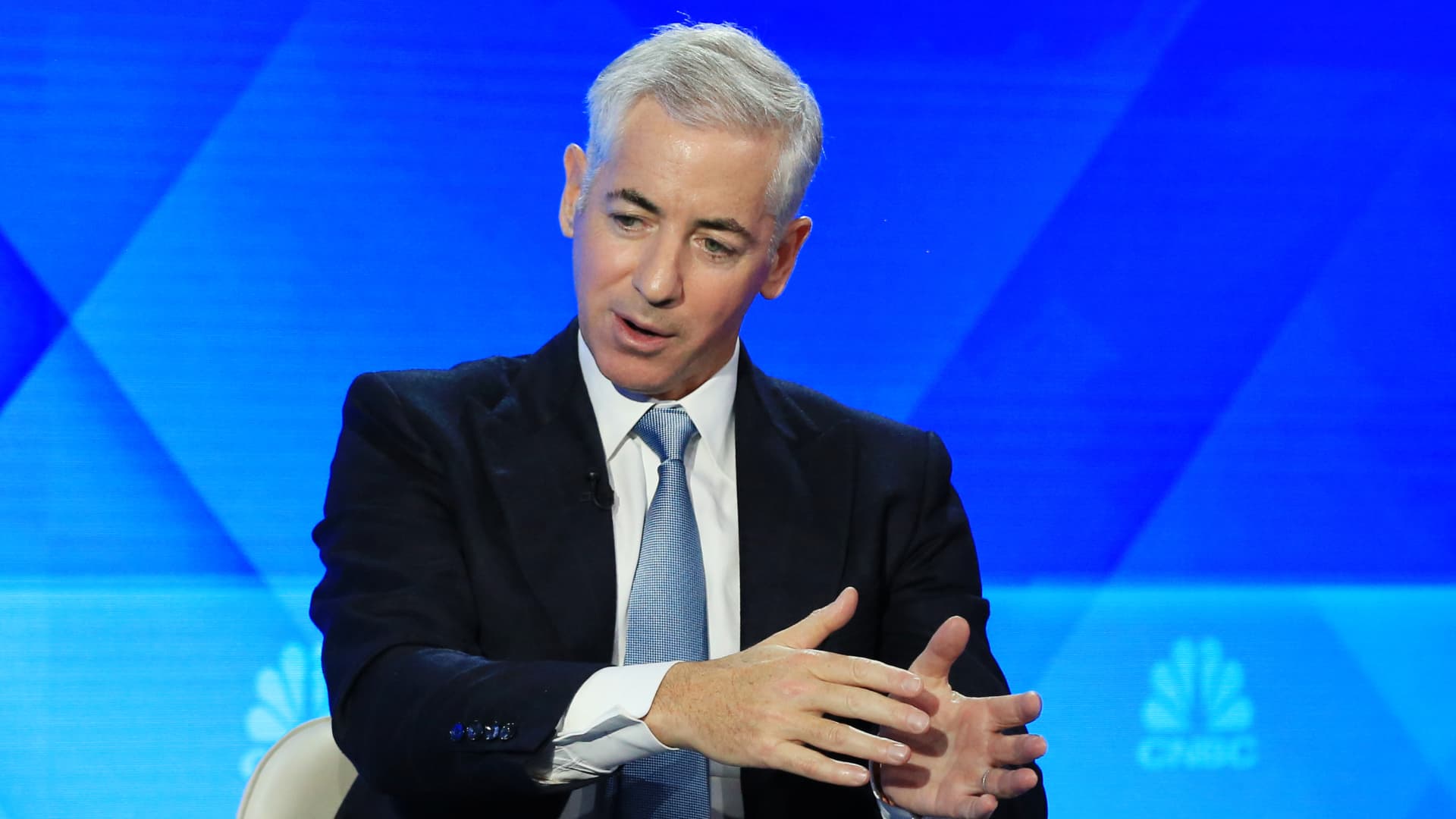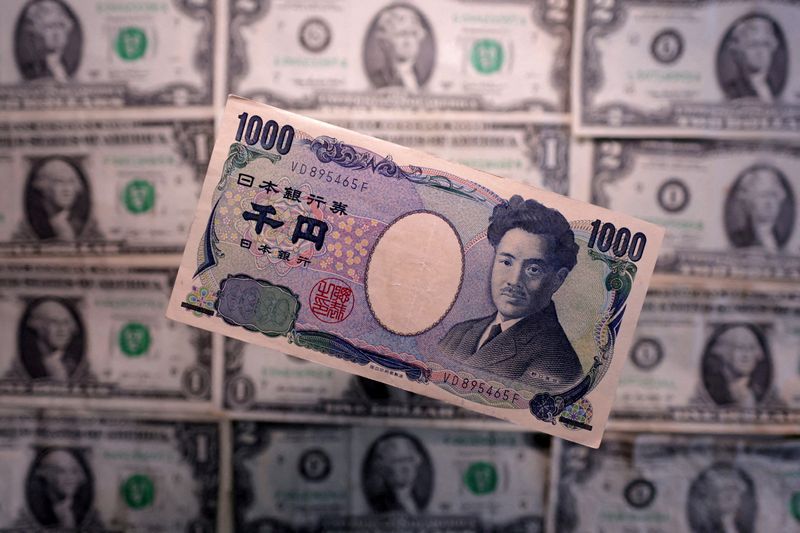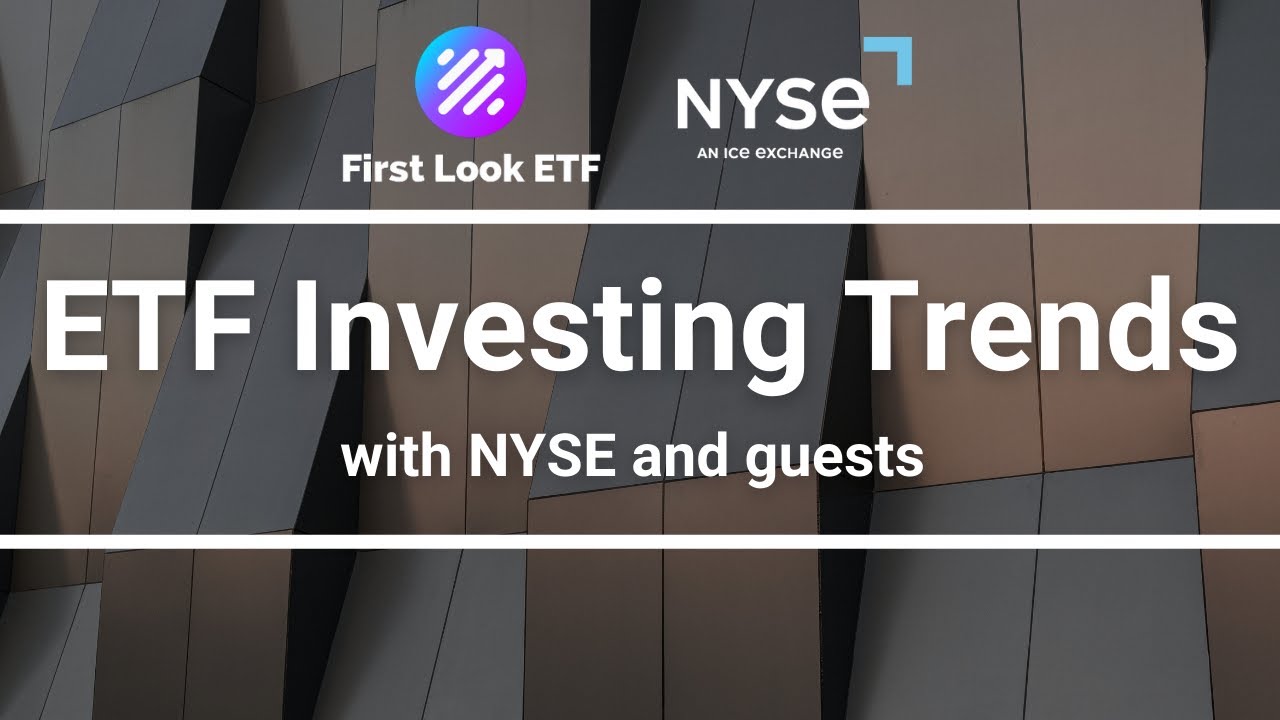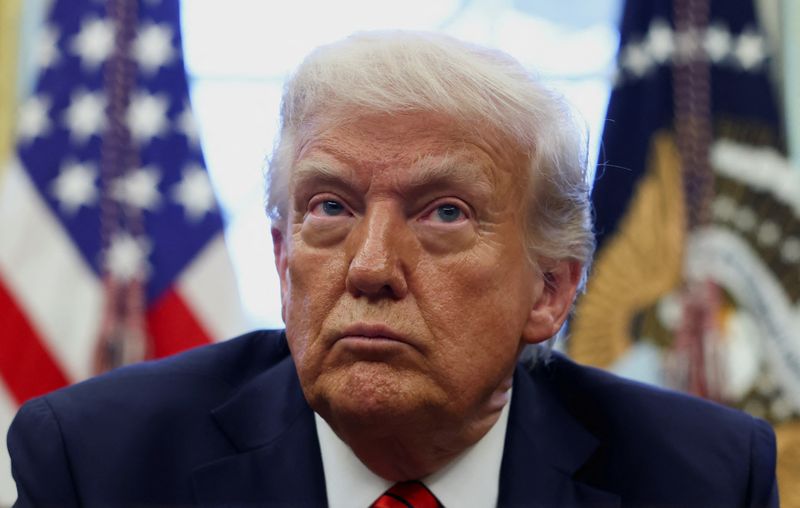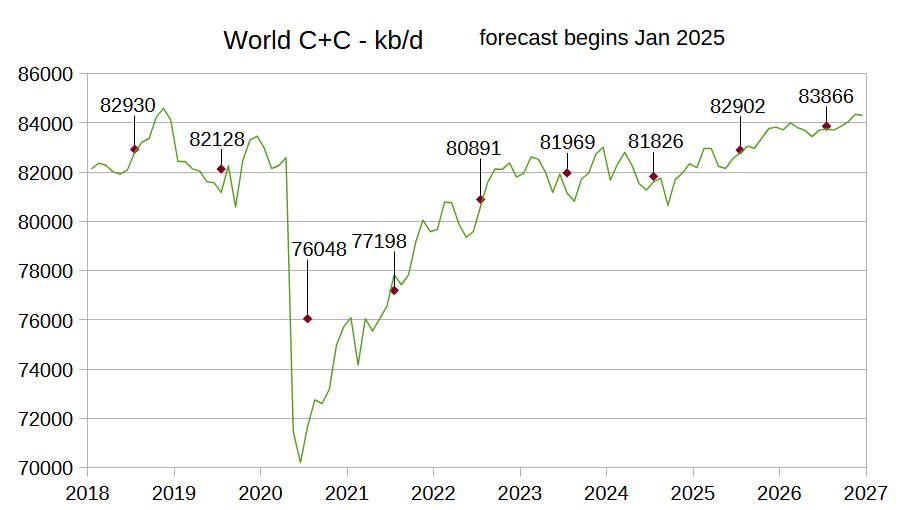Better Stock to Buy: Upstart vs. Pagaya
Upstart Holdings (NASDAQ: UPST) and Pagaya Technologies (NASDAQ: PGY) offer similar consumer credit evaluation products, using artificial intelligence (AI) to assess credit risk faster and with more accuracy than the traditional credit scoring model. They both released excellent earnings reports last week, and their stocks jumped accordingly. Let's compare them both and see which one is the better buy today.Upstart stock became a market favorite early on, soaring to highs quickly after becoming a public company before crashing when growth began to slow down. It was in a funk for several years, but business is moving in a positive direction, and investors are getting excited about it again.There was excellent progress in the 2024 fourth quarter. Revenue increased 56% year over year to $219 million, and transaction volume was up 68% to $2.1 billion. The net loss was only $2.8 million, an improvement from $42.4 million the year before, and Chief Executive Officer Dave Girouard said he expects to at least break even in 2025.Continue reading

Upstart Holdings (NASDAQ: UPST) and Pagaya Technologies (NASDAQ: PGY) offer similar consumer credit evaluation products, using artificial intelligence (AI) to assess credit risk faster and with more accuracy than the traditional credit scoring model. They both released excellent earnings reports last week, and their stocks jumped accordingly. Let's compare them both and see which one is the better buy today.
Upstart stock became a market favorite early on, soaring to highs quickly after becoming a public company before crashing when growth began to slow down. It was in a funk for several years, but business is moving in a positive direction, and investors are getting excited about it again.
There was excellent progress in the 2024 fourth quarter. Revenue increased 56% year over year to $219 million, and transaction volume was up 68% to $2.1 billion. The net loss was only $2.8 million, an improvement from $42.4 million the year before, and Chief Executive Officer Dave Girouard said he expects to at least break even in 2025.




